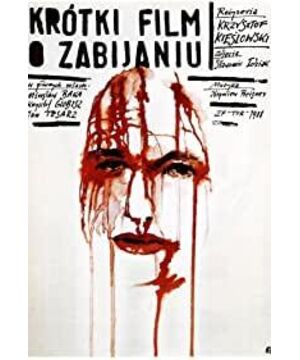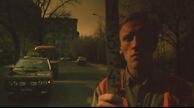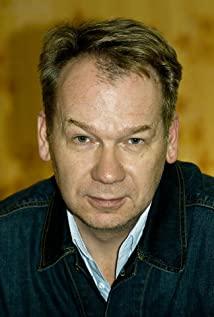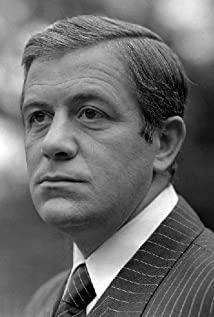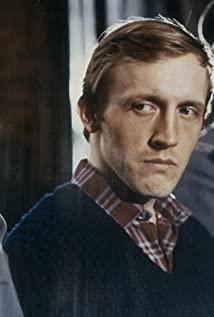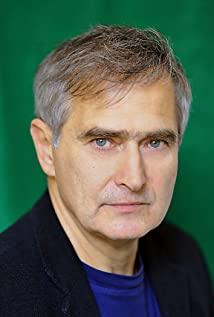Is the extended version the director's intention? In order to shorten the version of the Ten Commandments to an hour?
Or did you think of two versions from the beginning?
This is just my guess: The Ten Commandments are precepts, and although the theme is human nature, they choose to be "ruthless" in expression. The extension, whether it is a love short film or this murder short film, has added more warmth and human affection.
Even so, watching this film still requires considerable psychological endurance, and the darkness and ruthlessness are pressing to the bottom of my heart.
Two reviews are recommended, and I agree with the author's point of view. In my words, I know I can't express myself better. Just like the love short film, dig out the difference between the long and short versions.
First is the hue. Most of the Ten Commandments version are cold green and dark yellow, and the extended version uses yellow or even a little red, which is much warmer than the Ten Commandments.
The second point is the performance of the lawyer. The Ten Commandments version begins with a self-talk from a lawyer, more like Keith's monologue:
"The law should not follow nature, but improve it. We and our way of life are the result of the operation of the law, whether we obey it or violate it, a human being is free, and his liberty is within the bounds of his liberty not to injure the liberty of another. Punishment, punishment is a form of revenge, especially when it When the intention is to harm criminals rather than prevent crimes, but the current law can be vindictive, is it really for the sake of innocent people? Is the legislator really innocent?"
This passage was deleted in the extended version Lost. Keith no longer directly criticizes the law in this way, which can also be seen from another detail. When the lawyer answered "Why did you choose to be a lawyer?", the lawyer in the Ten Commandments version was full of confidence to change the mistakes in the current huge system, and the lawyer in the extended version said, "I don't know, this is very attractive to me, you can watch it. To all kinds of people and things." Keith is not interested in politics, he is concerned with people's lives in a specific political environment.
The ending is more obvious. In the Ten Commandments version, the lawyer cried and shouted, "I hate you! I hate you!" with anger and sadness on his face. In the extended version, the lawyer held the car window and burst into tears without saying a word.
Finally, some details are added. Aside from the insinuation that the dead mouse and the dead cat are two murders in the title, the rest of the scene is more tender: the lawyer and his girlfriend celebrate his hiring, they chat in a cafe, and Jack drives the car after killing people. That girl... all of these dilute the grim and gloomy atmosphere a little, and at the same time enrich the incredible connection between these characters. Human connections are completely unpredictable and unexplainable...
The "light of hope" at the end of the extended edition is brighter and more persistent.
Even if the ending is helpless, don't give up hope.
A sentence in the film introduction is the best proof: "The year after this film was born, Poland announced a five-year moratorium on executions."
View more about A Short Film About Killing reviews


